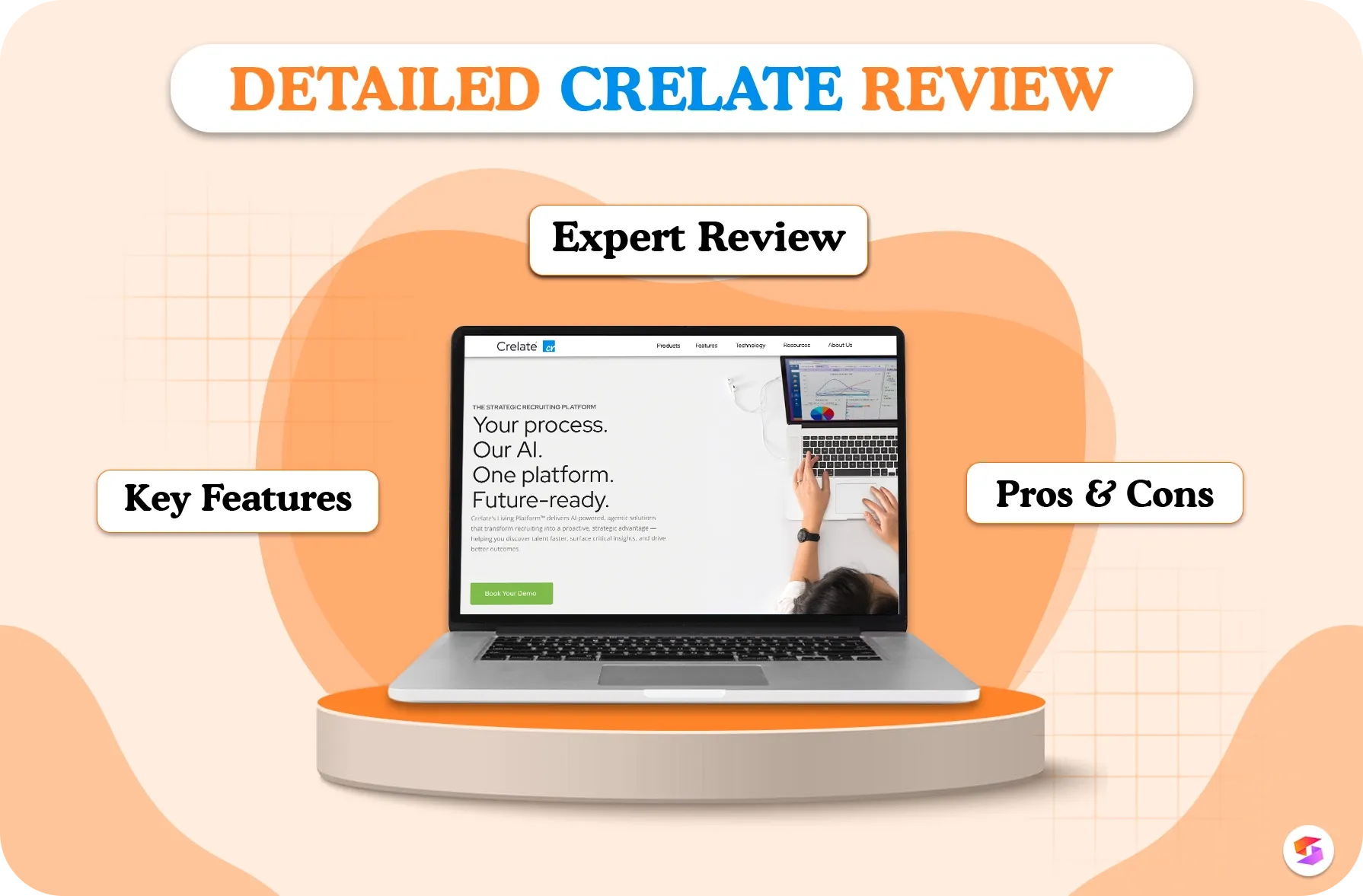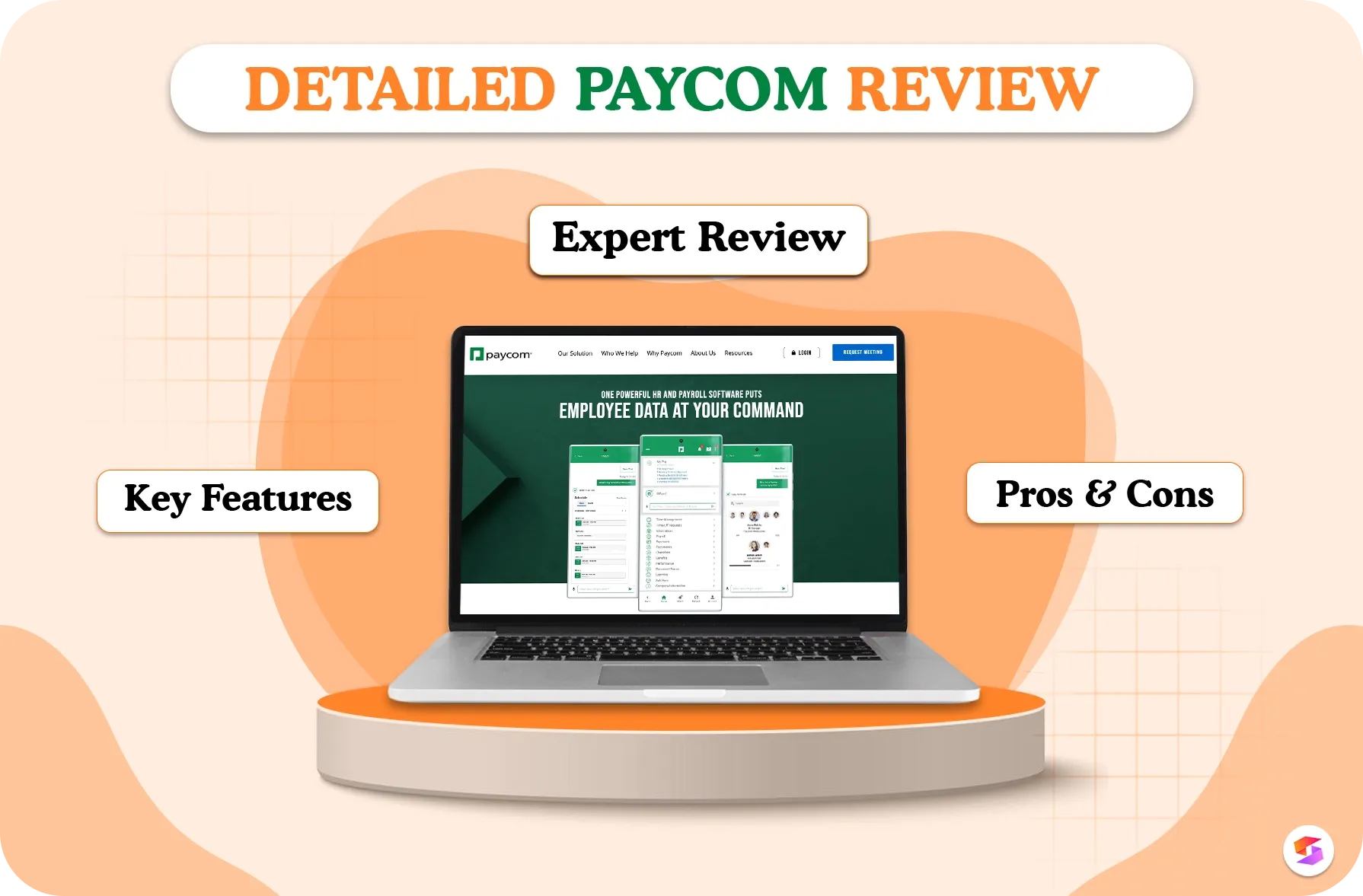Let’s kick off with some very pressing facts about the healthcare industry.
- The global healthcare staffing market can grow from USD 42.37 billion in 2024 to USD 58.81 billion by 2029 at a compound annual growth rate (CAGR) of 6.80%.
- The American Hospital Association projects that the healthcare industry could experience a shortage of up to 124,000 physicians by 2033.
The data indicates that despite being one of the biggest industries globally, the healthcare sector continues to face staffing issues. Moreover, post-COVID-19, the healthcare industry has seen significant changes with regard to employee attrition rates, and burnout, and many professionals even contemplating leaving the industry altogether. Healthcare staffing has grown more challenging for recruiters in recent times.
Staffing has always been a tough job for recruiters in the healthcare domain. With frequent resignations to a prolonged training period and simply the constant effort to keep finding a new candidate for the same job every few months, the healthcare recruitment process can be quite overwhelming. Where identifying individuals with suitable training and experience is crucial, what’s equally necessary is the challenge of retaining them to sustain a cohesive community and a positive work environment.For those considering medical education paths, an AUAMed review can offer general information on its curriculum and accreditation. Therefore, recruiters must embrace proactive recruitment strategies, and experiment with a couple of creative hiring tactics, and retention hacks that are pivotal for meeting ongoing healthcare demands. This quick blog takes you through a string of errors that might be harming the heart of your healthcare staffing strategy and some steps you can take to revive it.
1. Snailing Through The Recruitment Process
If there was one industry that functioned on an efficient workflow, it would be healthcare. However, with the constant need for training and expertise in the skills required to execute tasks that might as well be the bridge between life and death, you can’t do much in terms of productive hiring. Or can you? Partnering with a healthcare software consultancy can help streamline processes, reduce bottlenecks, and ensure that medical teams stay focused on patient care. Add to that the fact that, if we only consider nursing, there is an annual demand for 200,000 nurses to fill new and existing positions, and you have a nightmare for healthcare recruiters that doesn't seem to stop anytime soon.
So, what to do about this slow-as-sloth recruitment process?
Strengthen Your Candidate Database
It takes about 49 days for a recruiter to fill a position in healthcare. Instead of waiting for active job seekers to apply for your open positions, fall back on your candidate pool and identify candidates who are most compatible with the job role. Don’t have a candidate pool yet? Well, it’s high time you start building one. You can use tools like Skima AI to add and store candidate databases. When your recruitment software is integrated with Skima, every time a candidate applies for a said position, their profile is automatically stored on Skima. Not only that. You can quickly check every candidate congruent with the job role with an AI Matching Score.
When you have enough candidates in your database, you can further divide them into categories based on skills, experiences, and job roles. This way you cannot only identify candidates faster within your pool but also reduce the time-to-fill.
2. Hired In a Flash
Just as a slow hiring process can harm healthcare staffing, locking a candidate quickly can have its side effects too. One of the biggest hiring mistakes is making a bad hire. Rushing to hire candidates can quickly turn into making bad hires. Compromising your quality of hire can directly impact the effectiveness and reputation of your recruitment agency and, in turn, the medical institution. Therefore, it’s important to comprehensively vet the candidates to avoid the chances of a mis-hire.
Keep In Touch With Passive Candidates
While training can be time-consuming, not examining the candidate thoroughly before hiring can be an even greater risk. Here, your relationship with passive candidates, and past and current employees comes into play. With a solid network of candidates, you would already know enough about the candidates to quickly make the hires without going through the burden of training them.
3. Misguided Sourcing Efforts
Candidate sourcing is undeniably necessary for building a diverse and qualified pool of candidates. However, the time and effort you put in trying to source candidates from traditional or unresponsive mediums like colleges and universities can be better used for more pressing tasks. In addition to the existing sources, here, it’s important to discover the right professional sourcing platforms and strategies too.
Use Professional Sourcing Tools & Platforms
To eliminate the hassles of sourcing, choose a dependable sourcing platform, where you can effortlessly employ millions of existing candidate profiles to quickly identify and reach out to potential employees. Moreover, leveraging platforms like LinkedIn, Indeed, and Glassdoor, alongside employee referrals, remains pivotal for healthcare recruitment success.
In fact, the Society for Human Resource Management (SHRM) says that employee-referred hires typically outperform others and have longer tenure with their organizations. Employee referral programs also shorten hiring times and reduce overall recruitment costs. So, don’t depend on external sources only, have a comprehensive approach when sourcing candidates in the healthcare domain.
4. Unaddressed Employee Burnout
A National Library of Medicine study indicated that the overall burnout rate in healthcare workers they surveyed was 49.9%, with 56.0% in nursing, 54.1% in other clinical staff, 47.3% in physicians, and 45.6% in non-clinical staff. Many healthcare staff face challenges in maintaining their mental health due to long hours, irregular shifts, and limited family time. Burnout is one of the most common reasons why employees tend to change jobs frequently in healthcare. Turning a blind eye is not the solution to the problem.
Streamline Scheduling
Streamlining employee schedules can help HR managers balance employee expectations, create flexible schedules, and reduce absenteeism. By monitoring aspects like employee work hours, hiring managers can dedicate breaks and offer incentivized leaves to ensure they don’t burn out and thrive both mentally and physically. One of the best ways to go about it is integrating scheduling software into the recruitment process.
5. Cultural Confusion
Even in the toughest of conditions, a seed can sprout into a sapling. A positive work condition is necessary for teams to function optimally, especially in environments where the healthcare workers function. Plus, job-seekers actively look for organizations that are compatible with their core values and attitudes. When candidates are unaware of the work environment they are going to plunge into, they prefer not to apply. This may also be a reason why you might be struggling with your candidate sourcing strategies for identifying top candidates faster.
Focused Employer Branding
Employer branding is necessary for organizations to communicate their values, beliefs, and goals to their existing and potential employees. Gallup explains it clearly with its study that discovered that employees who are connected with the company’s values and mission are 67% more engaged in their work. From social media to curated job ads, job-seekers must be able to learn how your company is different and better from the competition. In a market like healthcare that’s growing multifold, employees need more than monetary compensation to work for and remain in an organization.
6. Email Marketing
A 2020 study explained that email marketing is among the most popular outreach methodologies to attract candidates in healthcare. In addition to using inexpensive and fairly reliable job boards and social media channels for recruiting, email marketing should also find some much-needed space in your recruitment strategy. You can create tailored email marketing campaigns to target candidates based on job preference and location, among other aspects.
Create, Share, Monitor, and Track Email Marketing Performances
Use your current candidate database to your advantage and create personalized email marketing copies targeting specific groups of candidates in the pool. Use platforms like Sender, Mailchimp and Mailjet to design attractive mailers. Once the campaign is deployed, monitor the responses, engage with inquiries, and track the performances to enhance the campaign, every time.
End Note
Recruiting in healthcare is difficult as it is, don’t make it even more complicated by making common mistakes. Use AI recruiting tools to your advantage to create schedules, source applicants and identify compatible candidates. In addition to traditional sourcing methods, use employee referrals and sourcing tools to zero in on candidates faster. That being said, don’t rush the hiring process, focus on improving the quality of hires by using a mix of passive candidates from your network and active job-seekers.
- Try out Skima AI job description generator tool
- Use Skima AI Matching Score to find the best-fit talent for specific job roles
Did you like reading this insight? If yes, then subscribe to our blog to not miss any future recruiting insights.
Happy Recruiting!



